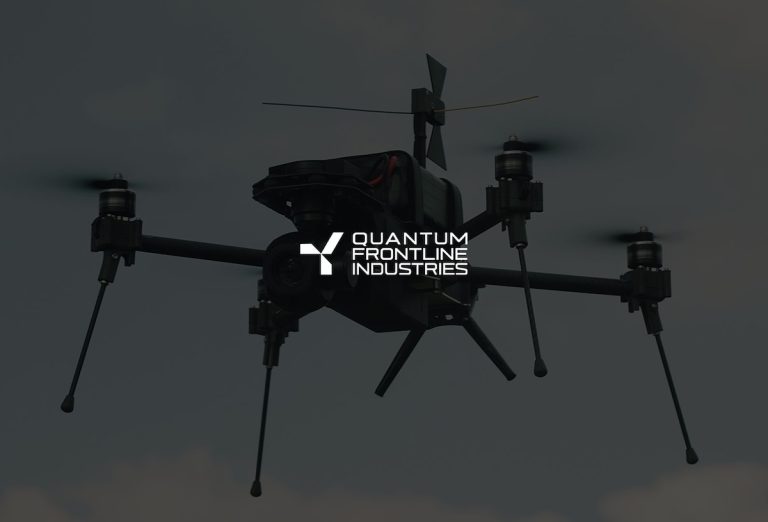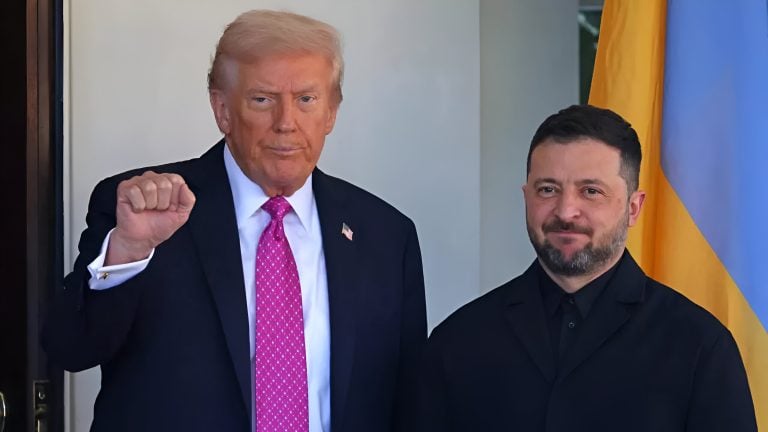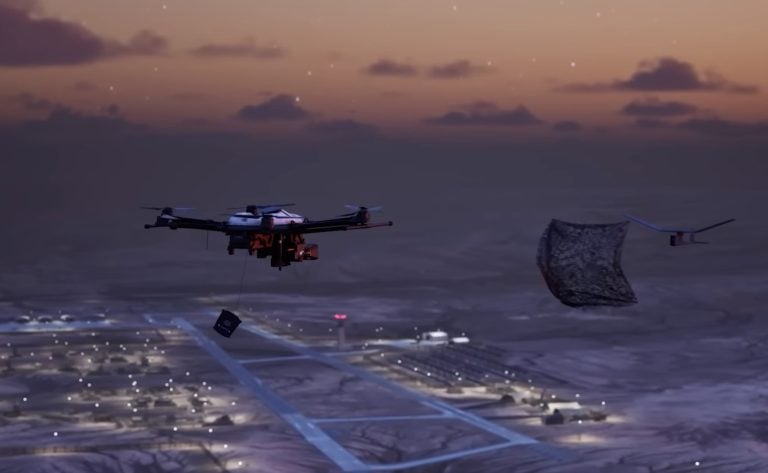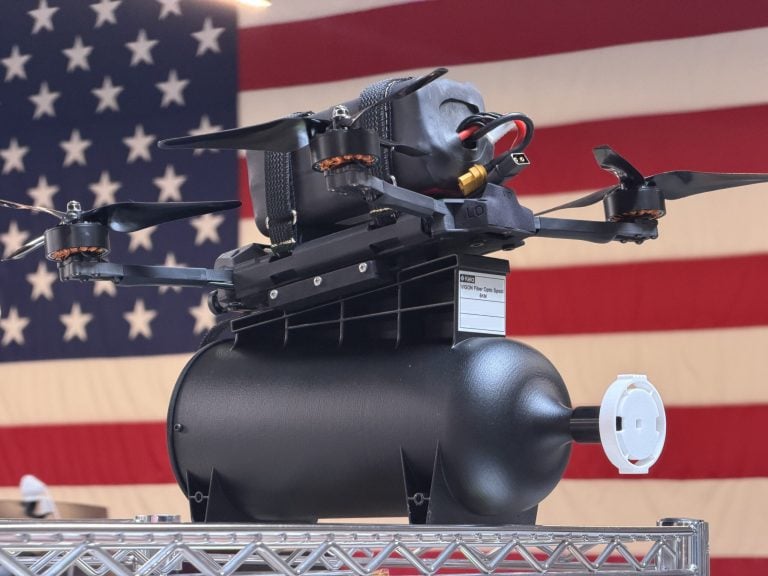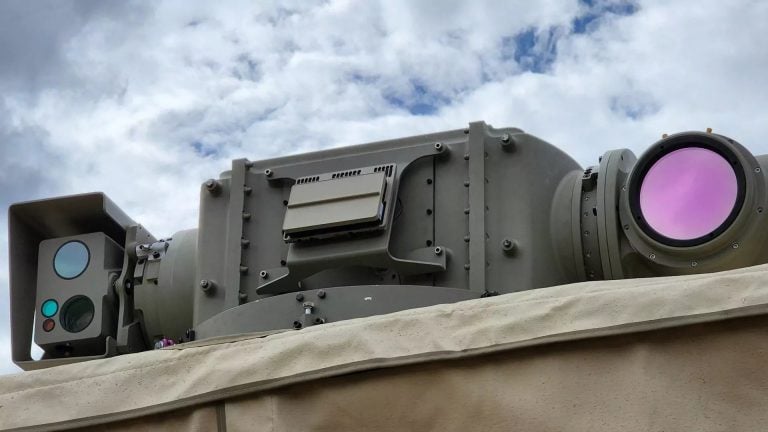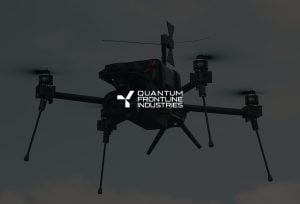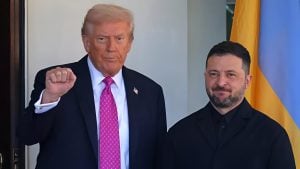In a dramatic escalation of hostilities, Iran announced early Wednesday that it launched hypersonic missiles at Israel in response to ongoing strikes between the two nations. This development follows a fiery proclamation from former President Donald Trump, who called for the Islamic Republic’s “unconditional surrender,” compounding the complex tensions in the region.
As the conflict entered its sixth day, Trump asserted that the United States has not participated in Israel’s airstrikes. However, he warned Iran that his patience is running thin. Israeli forces, in the ongoing confrontations, targeted sites in Tehran before dawn, advising civilians to evacuate certain districts for their safety. The Israeli military reported successful strikes on facilities involved in manufacturing weapons and centrifuges.
In response, Iran directed Tel Aviv’s residents to brace for potential attacks, with the Islamic Revolutionary Guard Corps (IRGC) claiming that their Fattah-1 hypersonic missiles were effectively endangering civilian shelters in the commercial district. The IRGC announced this offensive, dubbed the 11th wave of “Operation Honest Promise 3,” through state media. These hypersonic missiles are designed to travel at speeds exceeding five times that of sound and possess the capability to maneuver mid-flight, rendering them difficult to track and intercept.
In addition to the missile attacks, Iran deployed a “swarm of drones” aimed at Israel, although the Israeli defense forces successfully intercepted two of these unmanned aerial vehicles over the Dead Sea region.
Amid the escalating violence, global powers are urgently seeking diplomatic solutions to avert a wider conflict. Egyptian Foreign Minister Badr Abdelatty, in separate discussions with his Iranian counterpart and U.S. Special Envoy Steve Witkoff on Tuesday night, emphasized the need for negotiations.
Trump’s comments, made during a quick departure from the G7 summit, hinted at potential U.S. military intervention. While the leaders at the summit advocated for a ceasefire, Trump intensified speculation about American involvement by proclaiming the capability to target Iran’s supreme leader. In a post on his Truth Social platform, he stated that they “know exactly where the so-called ‘Supreme Leader’ is hiding” but emphasized that while he is an accessible target, they have chosen not to act on this intelligence “at least not for now.”
Following meetings with his National Security Council to assess the ongoing conflict, which lasted over an hour, Trump made no public remarks. He has previously expressed a desire to avoid entanglement in what he termed “forever wars” in the Middle East. Nevertheless, the administration has ordered the USS Nimitz aircraft carrier, along with several U.S. military aircraft, to the region, though officials clarified that no definitive decisions regarding intervention have been made.




